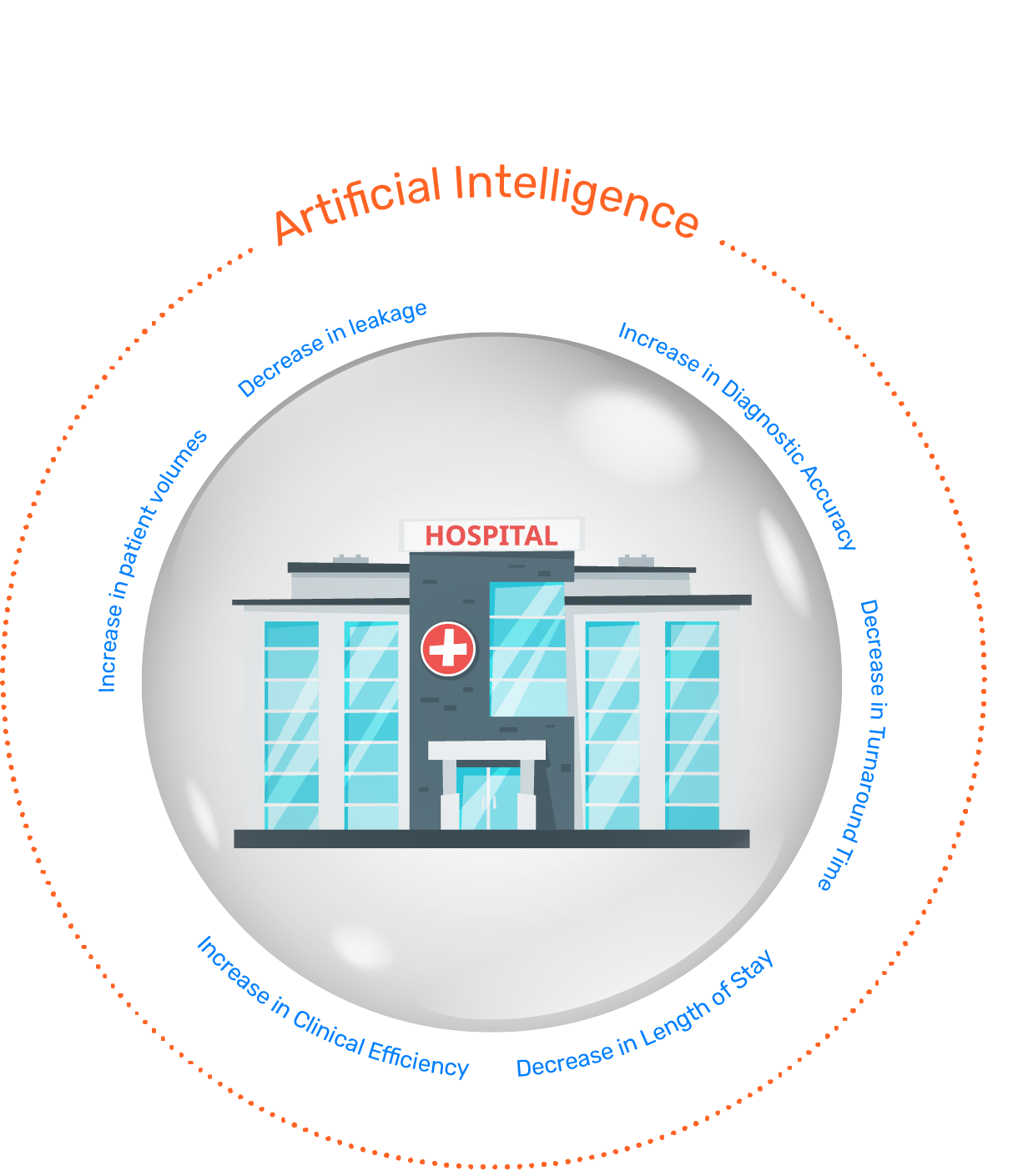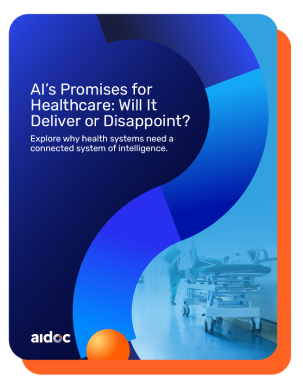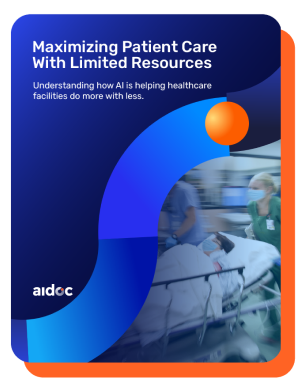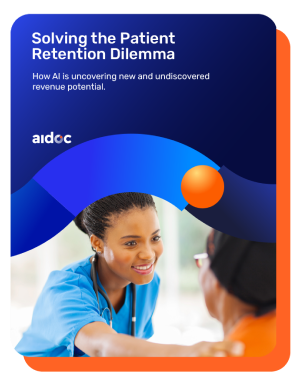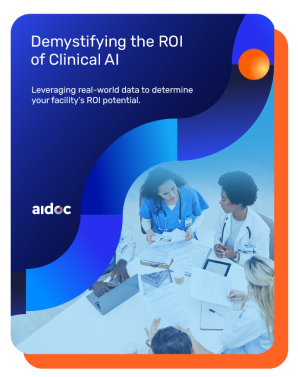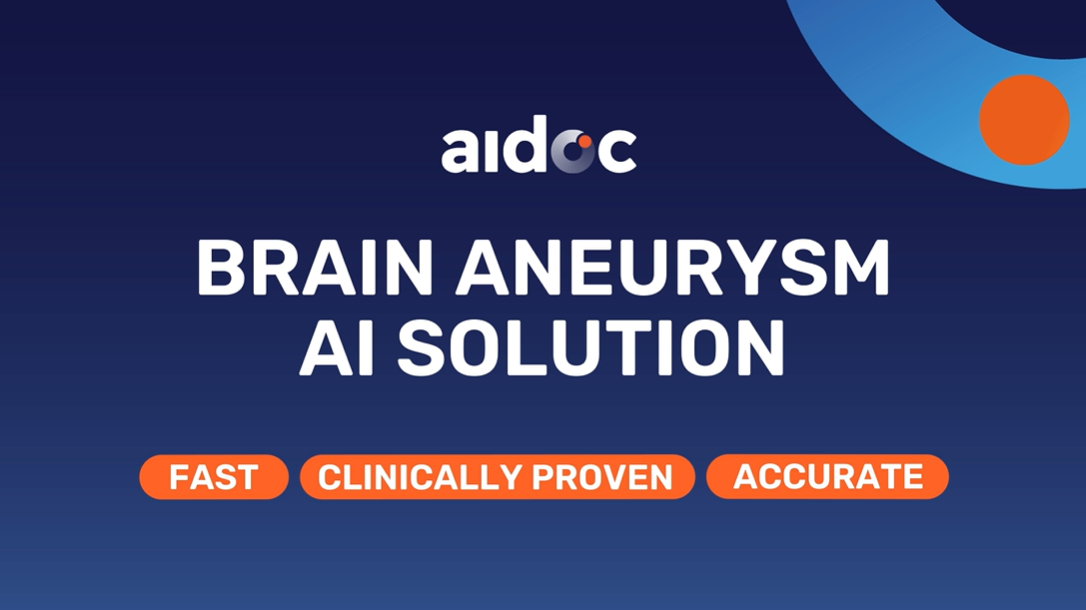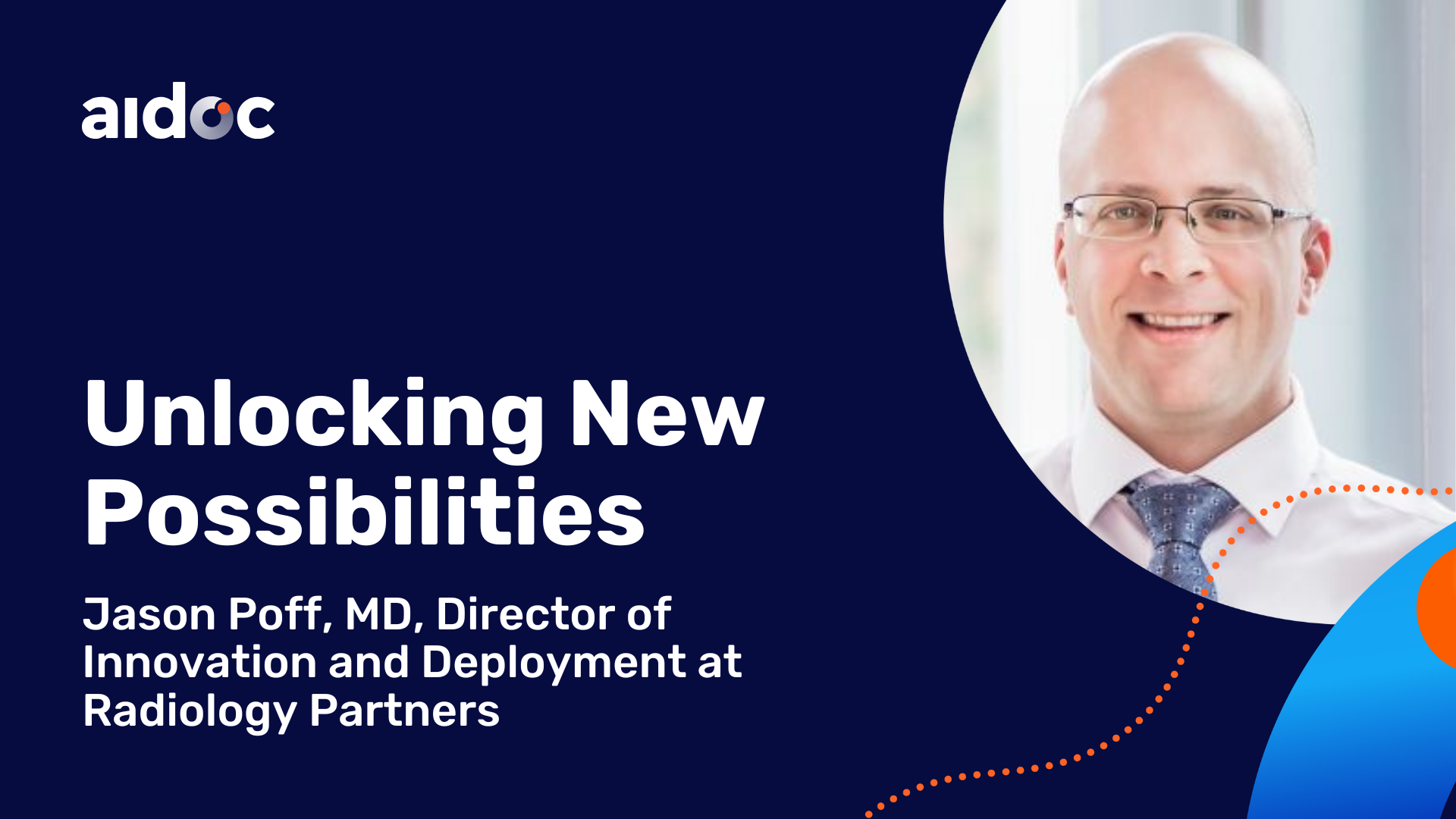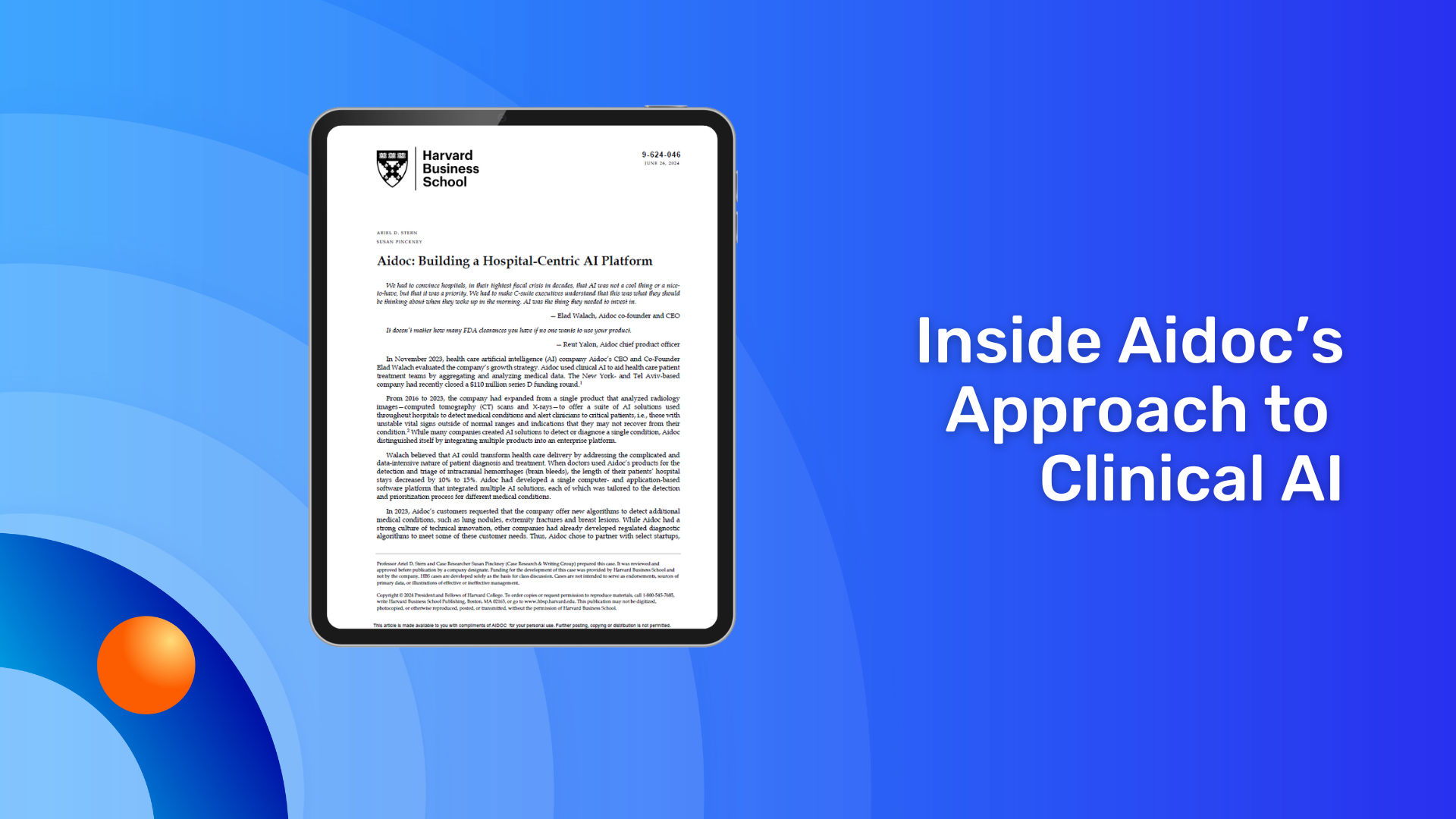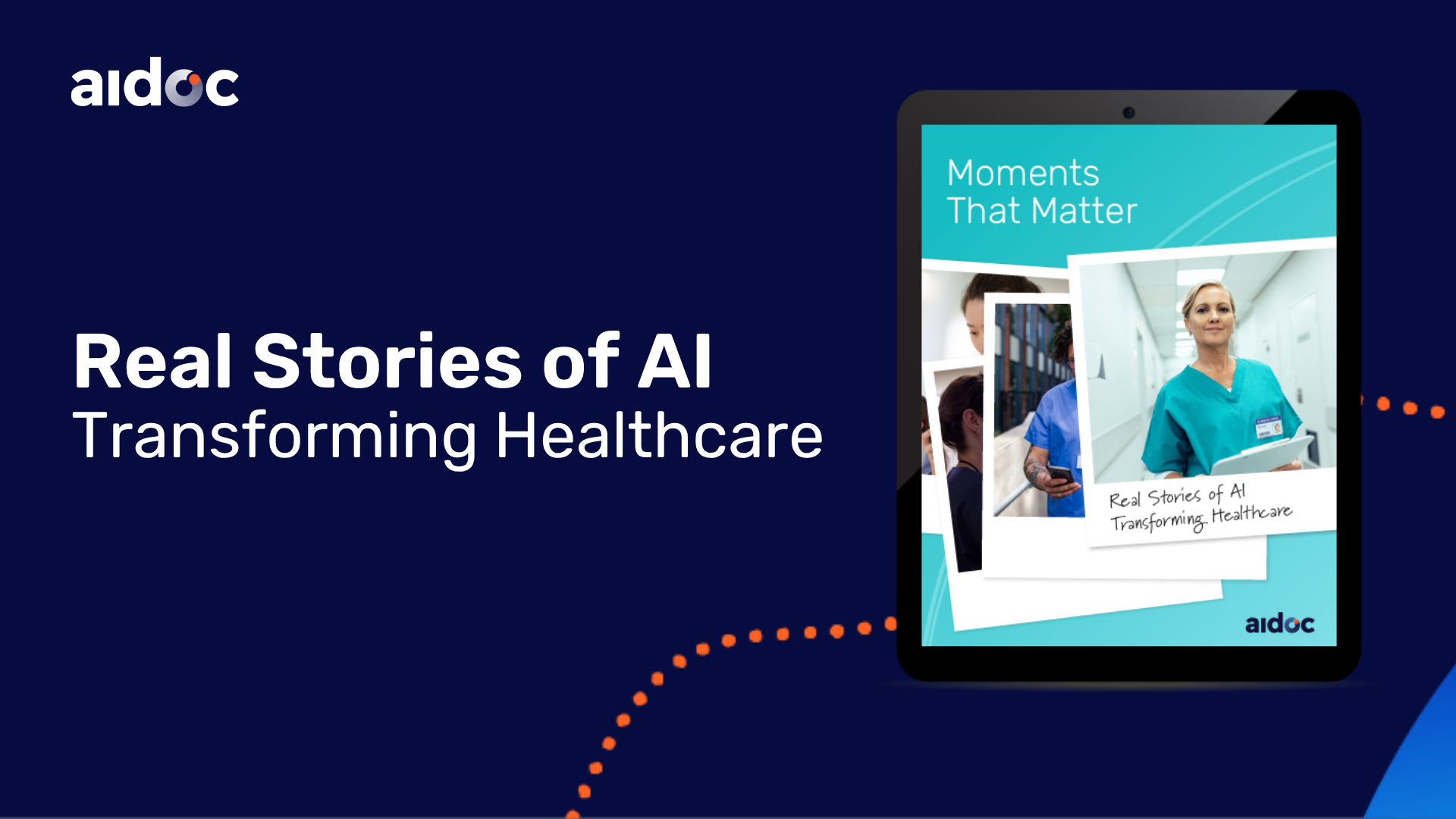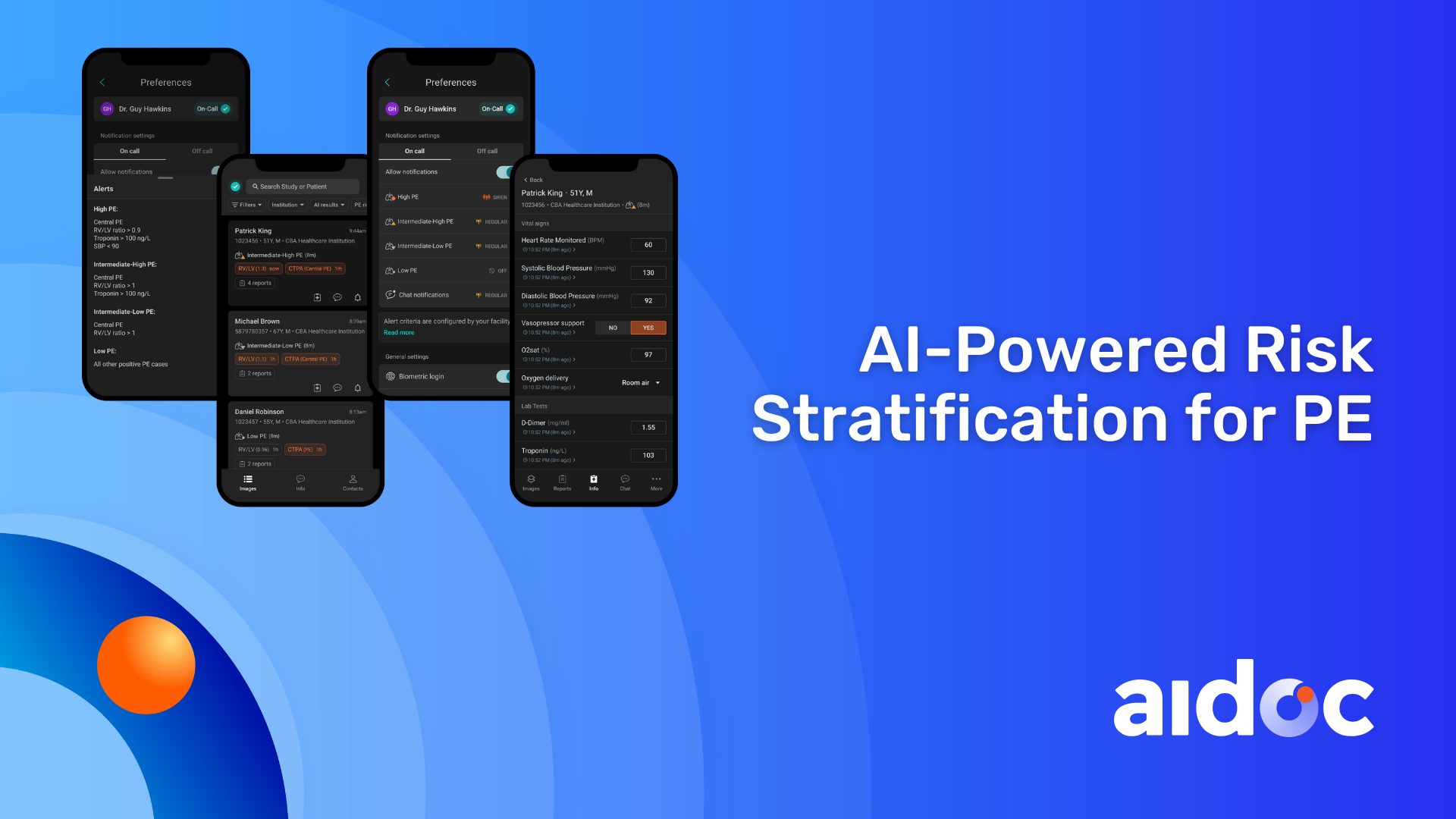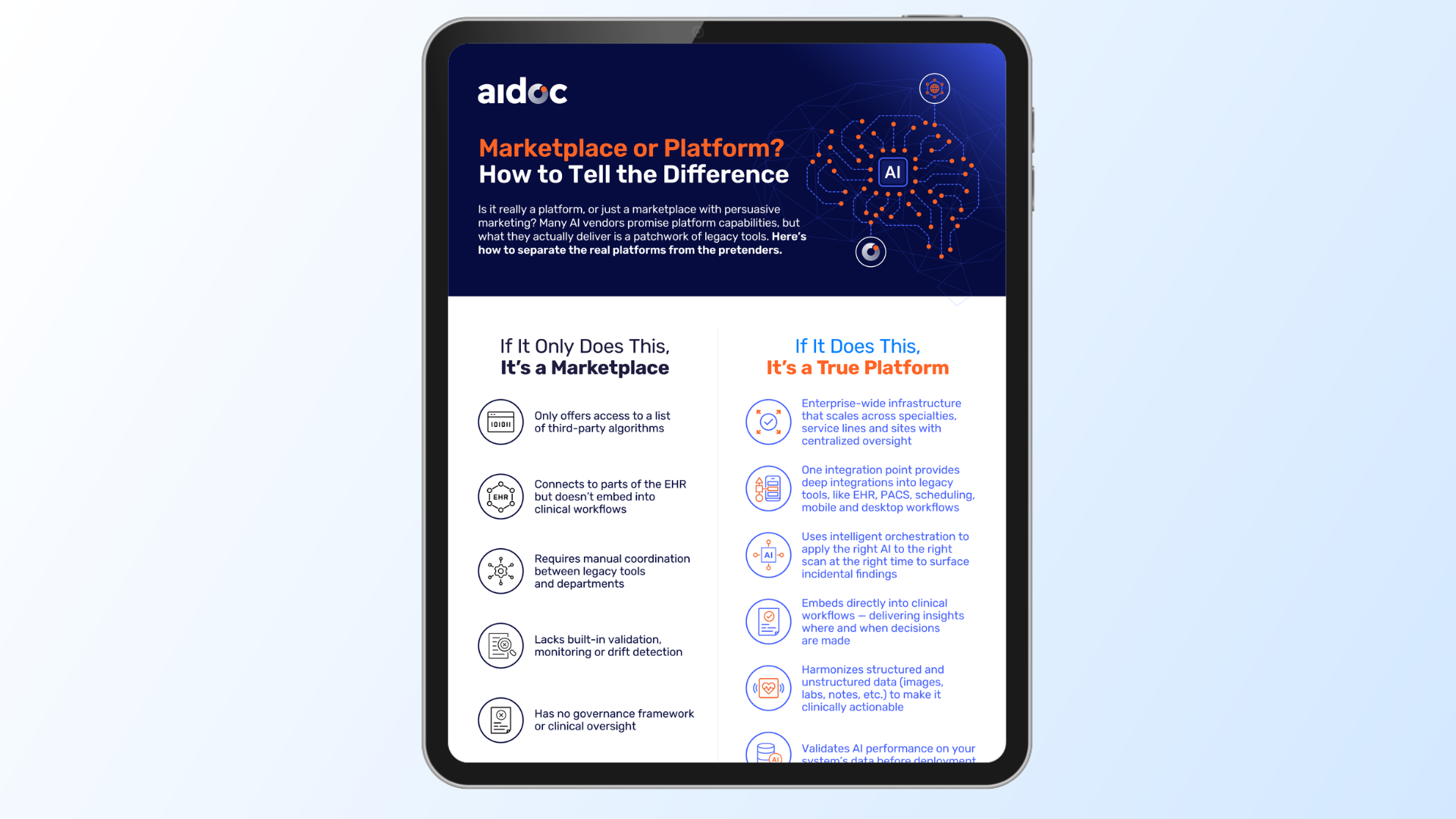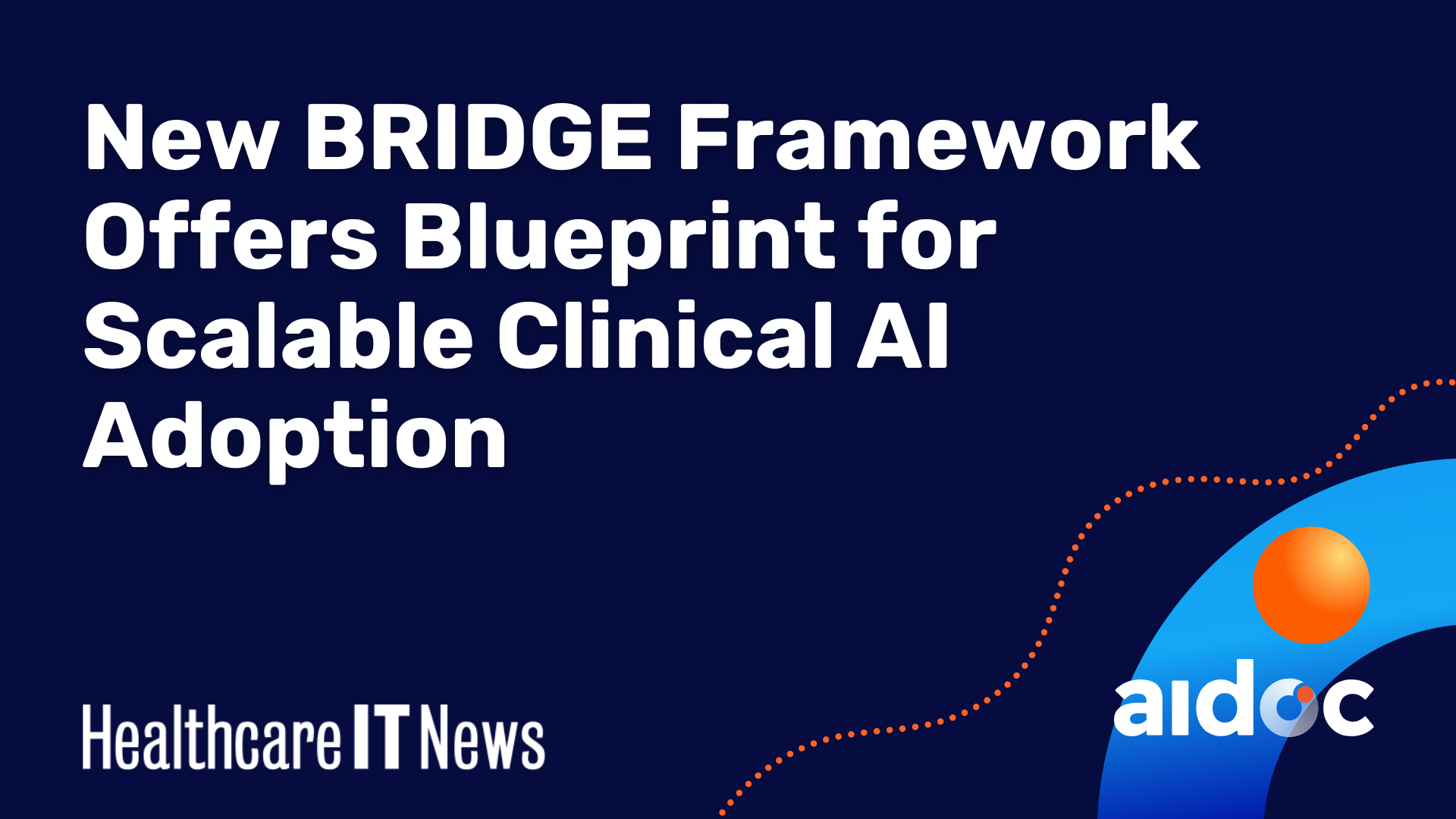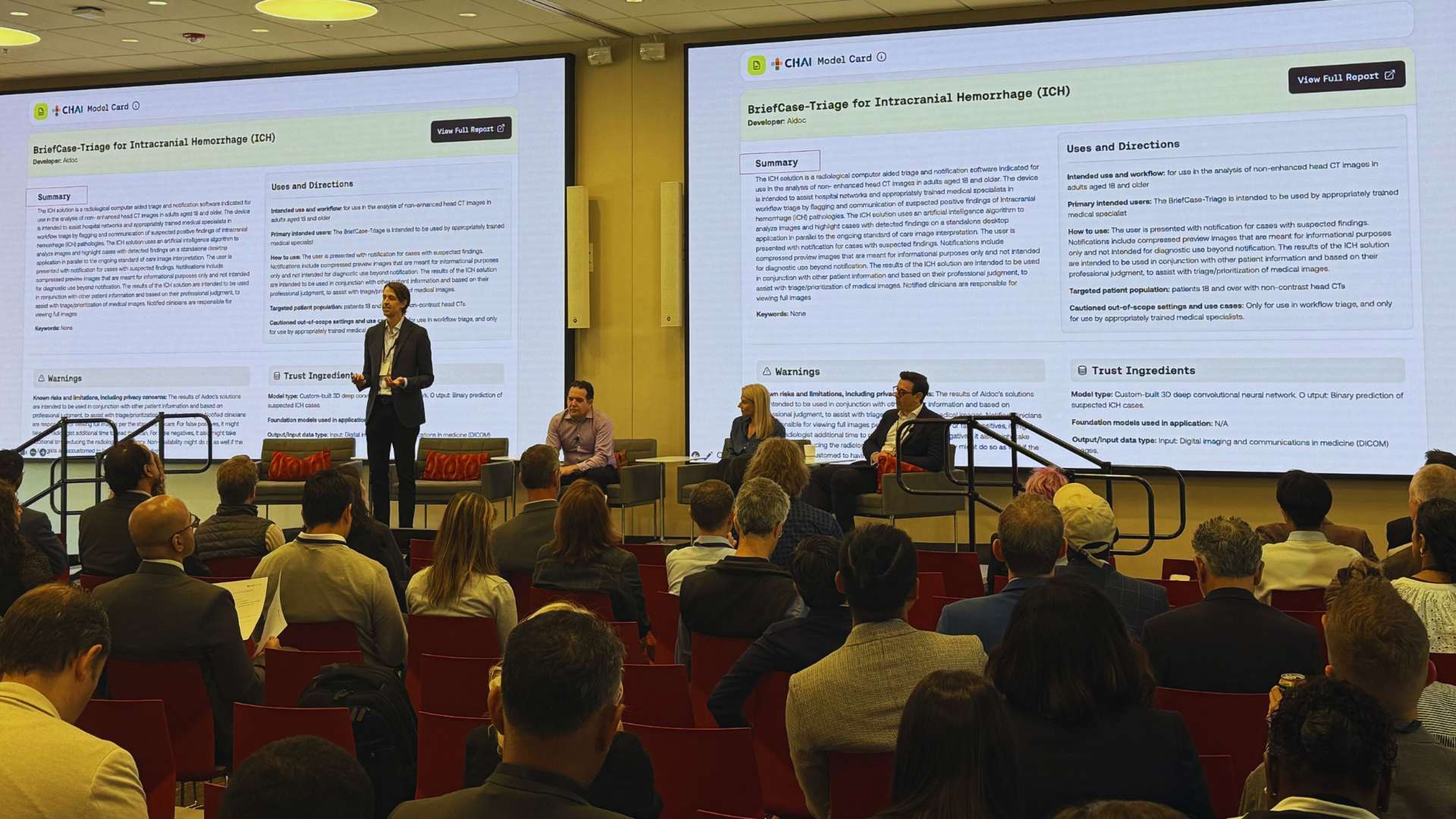Why Healthcare AI Is Needed Now
Here you‘ll find the resources needed to make the case for healthcare AI at your facility. It’s time to change the conversation from what AI could do to what it is doing every day to optimize operational efficiency for thousands of health systems around the world.
The Business Case for Healthcare AI
There are few technologies that can directly impact costs, accessibility and quality while enhancing the user experience. The right AI can.
When intelligent AI is implemented as an enterprise-wide system, it can help individuals process large amounts of data, discover trends and accelerate decision making – enabling better outcomes and driving growth, even with fewer resources.

